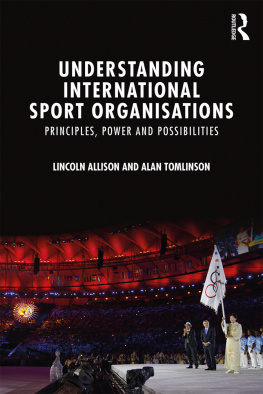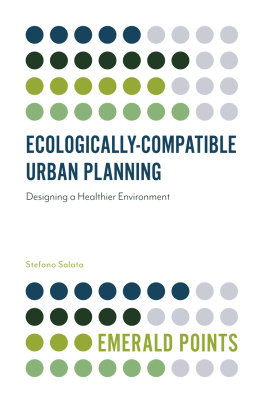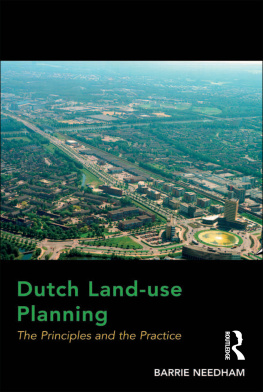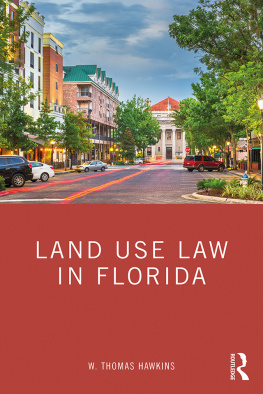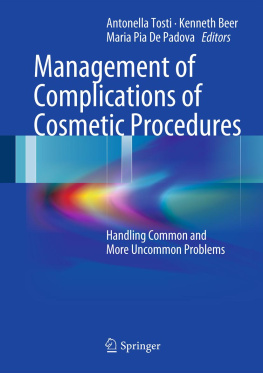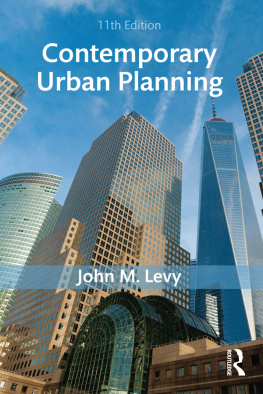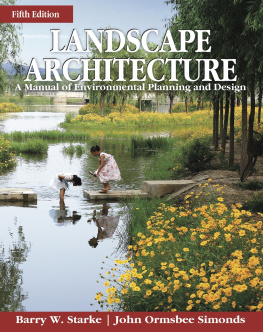Environmental planning, by its very nature, draws on many influences and disciplines. This is true even when one takes a more limited aspect of environmental planning, such as urban decentralization from the point of view of landscape planning. The circumstances and individuals that influenced me are too numerous to mention.
The most significant influences on this book are three. First, I have been fortunate enough to take part in the landscape architecture program at the University of Massachusetts. During the past fourteen years, this program has grown under the direction of Ervin Zube, Paul Procopio, and Ross Whaley to include landscape planning and regional planning curricula. The departmental faculty and the program they developed were a constant stimulus to me. Second, our department has worked with several other departments at the university, and this exchange has provided me with many of the ideas included in this book. My work with ecologiste, foresters, soil scientists, geologists, and resource economists was most useful and helpful to me. Third, several individuals have seen the need to support our interdisciplinary landscape research effort.
Three supporting agencies have funded the work upon which this study is based. Generous support was provided by the United States Department of Agriculture (USDA) Forest Service; the Pinchot Institute of Environmental Forestry Research, with the help of Dr. Shafer; and the United States Department of the Interior (USDI) Office of Water Resources, with the help of Professor Bernard Berger. The most significant funding, however, came from the Massachusetts Agricultural Experiment Station, directed by Dr. Arless Spielman. Of his associates, Dr. William Mellen helped to provide our research team with initial funding, and more recently Dr. John Naegele has been especially helpful in significantly expanding our landscape research group.
Many of the assessment and planning techniques summarized here were developed by members and advisers of the landscape research team I established seven years ago. This team is usually referred to by its acronym "METLAND." Specific credit has already been given to those whose work appears within this book; moreover, their ideas in formal and informal communications have influenced my thinking throughout these years. Several of them commented on the manuscript, and many of their suggestions were included in this book. My sincere thanks go to Stephanie Caswell, Susan Cole, Donald Doehring, William Fahrer, Kimball Ferris, John Foster, Christopher Greene, William Hendrix, Spencer Joyner, and my colleague, Paul Procopio.
I received much direct help from Stephanie Caswell, Kimball Ferris, Ruth Laliberte, Frances Paulo, Richard Rosenthal, and Charles Yuill. For over a year, Frances Paulo served as my special assistant. In this capacity, she filled the many gaps in our landscape research reference library and compiled much of the material in the recommended reading list. Richard Rosenthal prepared all the graphics, thus substantially improving this book. Kimball Ferris and Stephanie Caswell did the initial editing of my first draft. Ruth Laliberte did all the typing and retyping of each of its versions. And Charles Yuill reviewed all the references used in the manuscript and expanded the recommended reading list. And finally, I wish to express a special note of gratitude to Christopher Greene, who edited this manuscript for me. To all of these friends and colleagues, I give my sincere thanks and full acknowledgment of my indebtedness.
Julius Gy. Fabos



